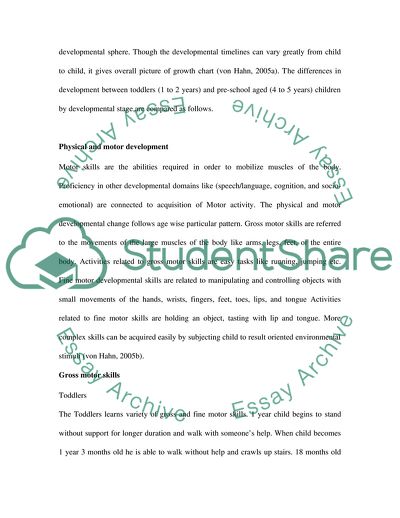Cite this document
(Age Differences in Development in Early Childhood Education Case Study, n.d.)
Age Differences in Development in Early Childhood Education Case Study. https://studentshare.org/education/1716023-age-differences-in-development-and-mixed-age-grouping-in-early-childhood-education
Age Differences in Development in Early Childhood Education Case Study. https://studentshare.org/education/1716023-age-differences-in-development-and-mixed-age-grouping-in-early-childhood-education
(Age Differences in Development in Early Childhood Education Case Study)
Age Differences in Development in Early Childhood Education Case Study. https://studentshare.org/education/1716023-age-differences-in-development-and-mixed-age-grouping-in-early-childhood-education.
Age Differences in Development in Early Childhood Education Case Study. https://studentshare.org/education/1716023-age-differences-in-development-and-mixed-age-grouping-in-early-childhood-education.
“Age Differences in Development in Early Childhood Education Case Study”. https://studentshare.org/education/1716023-age-differences-in-development-and-mixed-age-grouping-in-early-childhood-education.


